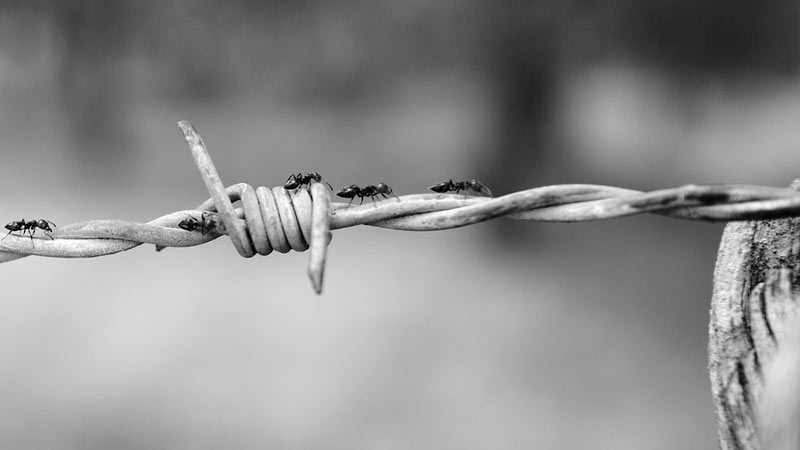A Few Helpful Tips
ANTS
Ants need food and water, and they need a way to gain access to your home. Since they can be very persistent, you need to be just as persistent. By taking some simple steps to help control ants you can be part of the solution.
- Clean up spilled food and beverages.
- Diligently take out the trash.
- Rinse out jars and containers before you place them in trash cans and recycling bins.
- Pick up and store your pet’s food before going to bed.
- Seal doors and windows.
- Keep rain gutters clean to prevent moisture inside walls.
- Trim trees and shrubs away from your house; ants can use limbs as “bridges” to gain access.
- Put firewood up off the ground and away from your house.
After treatment, you may still see some ants crawling around. If you do, don’t kill them or spray insecticide around them. We want them to transfer the product to their nests. Once the product has had time to do its job, ant activity should stop.
YELLOW JACKETS
Yellowjackets are beneficial in their role as predators of other bugs, but there are times that their presence in our yards or homes cannot be tolerated.
Yard cleanup – eliminating piles of yard or lawn trimmings, piles of lumber, or other unnecessary debris on the ground will eliminate much of the shelter the yellowjacket queen looks for in establishing the initial nest. Cleaning up fruit that has fallen on the ground will take away a food source and help keep yellowjackets from congregating in your yard. This is especially important in late summer and fall, not only are we more likely to have the accumulation of foods, from fruit trees, tomato plants, and etc., but the yellowjacket colonies also have reached a peak in their population.
Sanitation – cleaning garbage cans, tabletops, and other surfaces where food has been spilled. This, attracts the yellowjackets, as well as nasty flies that we would really prefer not to share our table with. If you look around your yard and find a buildup of the shiny, sticky honeydew on the plants (from the aphids) you should consider washing it off with the garden hose. You can speed that process up with a hose-end sprayer attachment with some liquid detergent in it.
Watch What You Wear! – yellowjackets may be attracted to certain colors (yellow, orange, or purple seem to be favorites) or odors, such as perfume or cologne. Commercial insect repellents do not seem to do much to deter yellowjackets.
Trapping – various kinds of traps are available, designed to entice yellowjackets in, where they are trapped and die within the trap. These can be laced with baits that may come with them, or with meats or sweets that you can buy yourself. Those that work well are fish baits – sardines, mackerel, salmon – or citrus flavor soda syrups. Traps should be placed away from those areas where people frequent, to draw the pests away from people rather than to them. Experience seems to indicate that, while you will no doubt catch a lot of yellowjackets, you should not expect to eliminate an entire colony simply by using traps.
Spraying or Dusting – Cascade Weed & Pest Management has access to specialized insecticides, equipment and application tools you may not have.
Baiting – this is an ideal method, as it provides food mixed with a toxic product, which the foraging workers collect and take back to the nest to feed to their larvae.
NOXIOUS WEEDS
Ground disturbing activites cause and spread noxious weeds. To prevent their introduction and spread, always replant with vegetation that will out compete noxious weeds and pull or spray any new introductions before they set seed.
ED HUME’S MOLE REPELLANT
If you are having problems with moles (or other small animals) try using this formula to drive them out of your yard:
- 1/4 cup castor oil
- 2 Tablespoons of liquid detergent soap
- Blend the two together in a blender (they won’t mix properly otherwise)
- Add 6 Tablespoons water.
- Blend again. Store this mix in a container till needed.
- When you are ready to apply the solution to the area where the moles are active:
- Mix 2 tablespoons of the solution into 1 gallon of water. Pour it into the problem area (all over the affected area, not just down the holes).
FRUIT FLIES
Mix about 3 ounces of cider vinegar with 2 drops dish detergent in a glass. Fruit flies will be attracted to the vinegar while the dish detergent breaks the surface tension causing them to drown in the vinegar.

